Scott's Hut
credits here
Audio
Images
Image #1
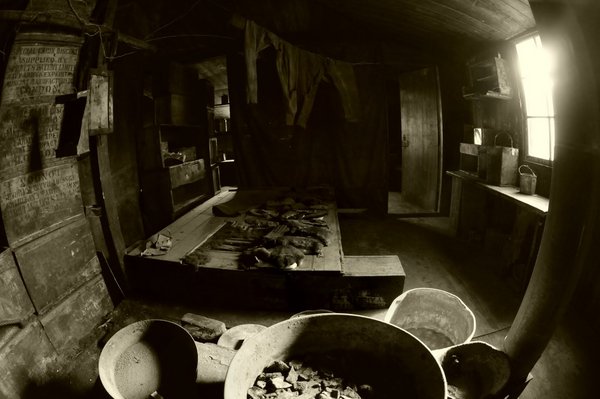
Walking through that front door is like walking back in time. It’s almost a religious experience to tell you the truth.
Image #2

In 1902, British naval commander Robert Falcon Scott led an expedition to the South Pole.
Image #3

Or at least that was their target.
Image #4

Illness and poor planning forced them to turn back about 500 miles from the pole.
Image #5
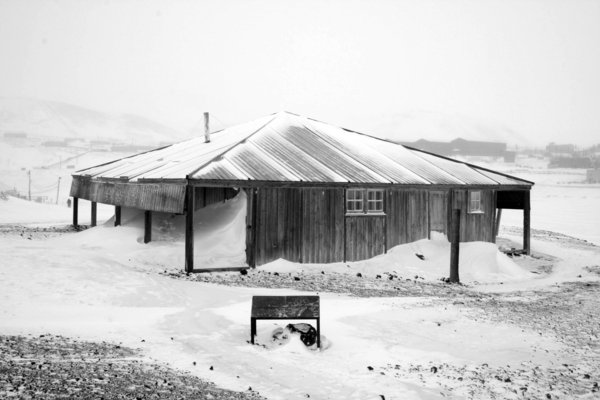
They left behind a hut on the coast.
Image #6

A decade later, a more prepared and determined Scott and crew returned to Antarctica and used the same hut as a supply depot.
Image #7

So when I walked in there, I was just blown away by I guess the smells of it.
Image #8
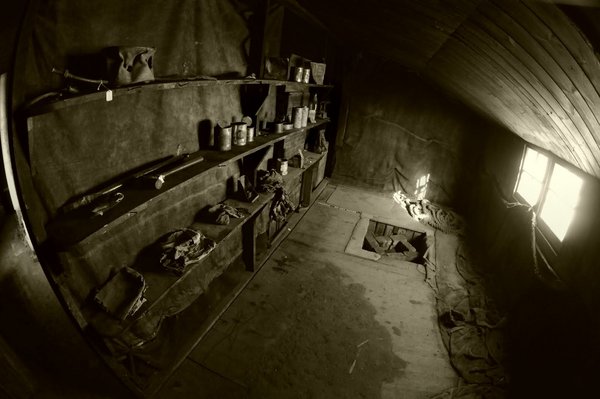
There are still seal carcasses laying on the floor. It’s kind of an old musty smell.
Image #9

But yet Antarctica, there’s not much moisture in the air so you don’t get a lot of smells in Antarctica. So when you get inside a closed space, you can actually start to smell things. It’s really something else.
Image #10

Peter Flaig is a geologist working in Antarctica. He got to go inside Scott’s hut and take these amazing photos.
Image #11

It was really interesting to see some of the labels on the food, just see what they were eating. The packaging is beautiful.
Image #12

Lots of biscuits, lots of tea, lots of simple things.
Image #13

I’m a big dog lover. So it was nice to see there were boxes and boxes of dog biscuits all over this hut as well, probably as many dog biscuit boxes as there were people food boxes.
Image #14

When Scott and 4 of his men finally reached the South Pole in January 1912 ...
Image #15

... they were devastated to find a Norwegian explorer—Roald Amundsen—had beat them there by just 5 weeks.
Image #16

Deflated, they started the 800 mile march back.
Image #17

This was the oddest room in the house. This is a room full of meat, full of carcasses that are hanging up on the walls. And I believe it is a pig of some sort and a sheep of some sort and then there’s some various bones that I’m not sure what they are.
Image #18

So this meat was just left there hanging when they left. Temperatures are so cold that things don’t rot really easily . So this meat has been hanging there for all these years.
Image #19

It’s so dry that if something dies and is not eaten by something, it just loses all its moisture over time and just mummifies.
Image #20

About half way back, one crew member died of frostbite, hunger and exhaustion. Weeks later, as their progress slowed and they hunkered down on the ice ...
Image #21
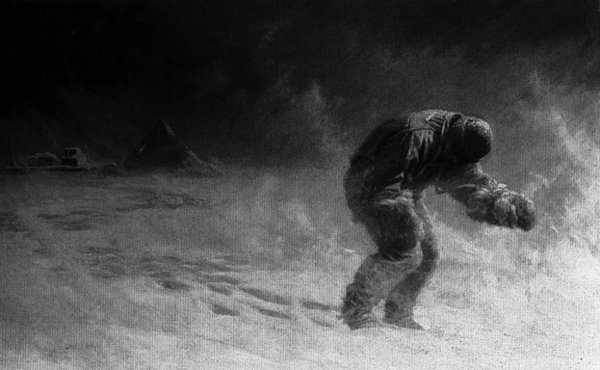
... a second crew member stumbled out of the tent in a howling blizzard and was never seen again.
Image #22

When you work in remote Antarctica, you realize how incredibly important having some place to go and be warm and be dry is.
Image #23
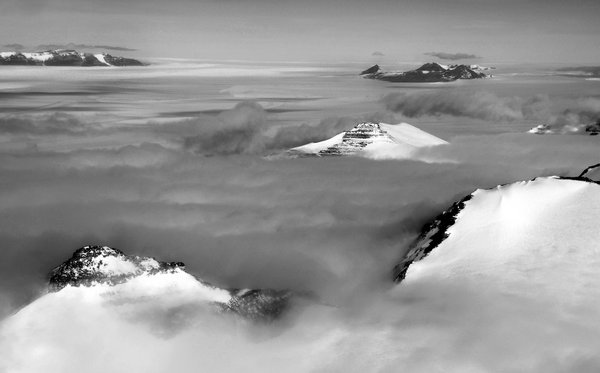
You’re going to die if you don’t have this thing.
Image #24

Caught in a blizzard, exhausted and out of food, Scott and his two remaining crew members died in their tents ...
Image #25

... just 11 miles from a supply depot.
Image #26

I think anybody who works in Antarctica, especially people who work in remote Antarctica ...
Image #27

... have to really respect these people who came here in wooden ships and without any modern materials ...
Image #28

... especially modern clothing and were able to survive in these climates.
Image #29
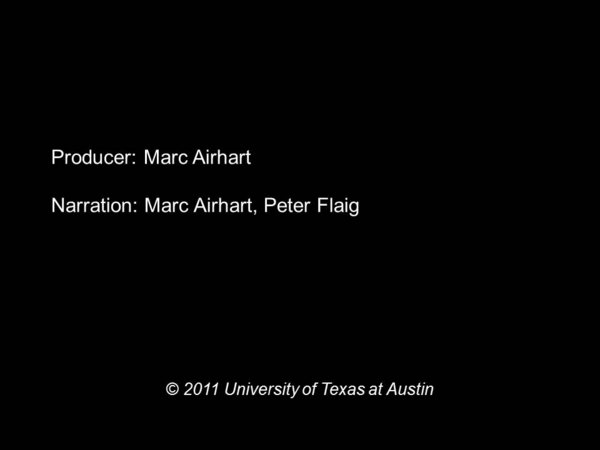
Image #30

Image #31
